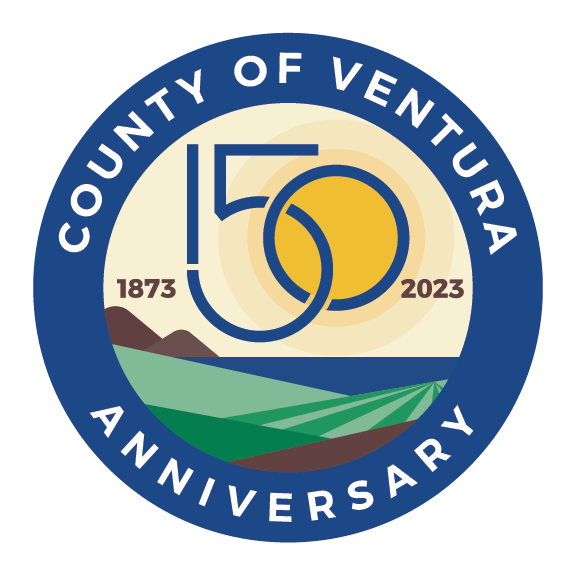History of Ventura County
Ventura County, California, has a rich and fascinating history that began before its formation in 1873. Over 10,000 years ago, the Chumash people, known fishermen and maritime traders inhabited the land that became Ventura County. Spanish explorers arrived in the 1500s with active occupation beginning in the 1700s. Mission San Buenaventura was founded in 1782, encouraging population growth in the surrounding area of San Buenaventura. Acres of land were given out to Mexican Californians, Californios, as payment for their service and to encourage land settlement. In the 1830s and 40s, these ranchos raised cattle and increased agriculture interest in what is now Ventura County.
California
In 1850 California joined the United States, becoming the 31st state. The growing city of San Buenaventura (Ventura) was incorporated in 1866, becoming the first city in what was soon to be Ventura County. Originally the southeastern portion of Santa Barbara County, Ventura County began with three townships - Saticoy, Hueneme, and Ventura, the county’s seat. These became the initial Supervisorial Districts in the first election of county officials on February 25, 1873.
1850Ventura County, CA
On March 22, 1873, the election results were certified, and the history of Ventura County officially began. At this time, the county had a population of 3,500 residents. Agriculture remained a primary source of revenue in the early development of Ventura County. Many farmers cultivated hay, citrus fruits, grapes, and beans.
1873Southern Pacific Railroad
The Southern Pacific Railroad coastal route between Los Angeles and San Francisco was constructed in 1887, facilitating growth with the transportation of goods and people. The new town of Fillmore, established by the railroad, Santa Paula, and Oxnard experienced an expansion of population and industry. Sugar beets, citrus fruits, and beans were popular railroad freight. The railroads connected to the wharf along the Santa Barbara Channel, which would later become the Port of Hueneme.
1887Ventura Avenue Oilfield
In the early 20th century, the oil industry joined the growing agriculture industry. The presence of oil and tar had been known since the Chumash times. Still, it wasn't until 1916 that harvesting petroleum became profitable. At one point, the Ventura Avenue Oilfield was the country's largest oil field, producing over 90,000 barrels a day.
1916Conejo Valley
In the mid-20th century, the eastern portion of Ventura County, previously sparsely populated ranch and farmland, experienced significant growth and development. The Conejo Valley became a popular location for planned communities delivering a high quality of life and offering proximity to nearby Los Angeles. Growing technology and healthcare industries also took note of the area's potential and expanded the eastern part of the county.
Mid-20th centuryPort Hueneme
The Port would become an important landmark in the history of the County, not just for trade and the transportation of cargo. During WWII, the U.S. military temporarily assumed control over the Port of Hueneme for transporting tons of cargo related to the war effort. The presence of the U.S. military continued to be significant as the armed forces utilized San Nicholas Island, part of Ventura County and the Channel Islands, for the defense of the West Coast by the U.S. Navy during the war.
WWIIGrowth
Ventura County's growth has continued over the 150 years since its formation. Agriculture remains a staple of the county's production. The healthcare and technology sectors continue to be top industries. Naval Base Ventura County, including its facilities on San Nicholas Island, offers a significant economic impact to the county. As the county expanded, Supervisor Districts increased from three to five. In 2022, the most current population estimates indicate there are over 830,000 residents in ten cities and numerous unincorporated communities.
2022









